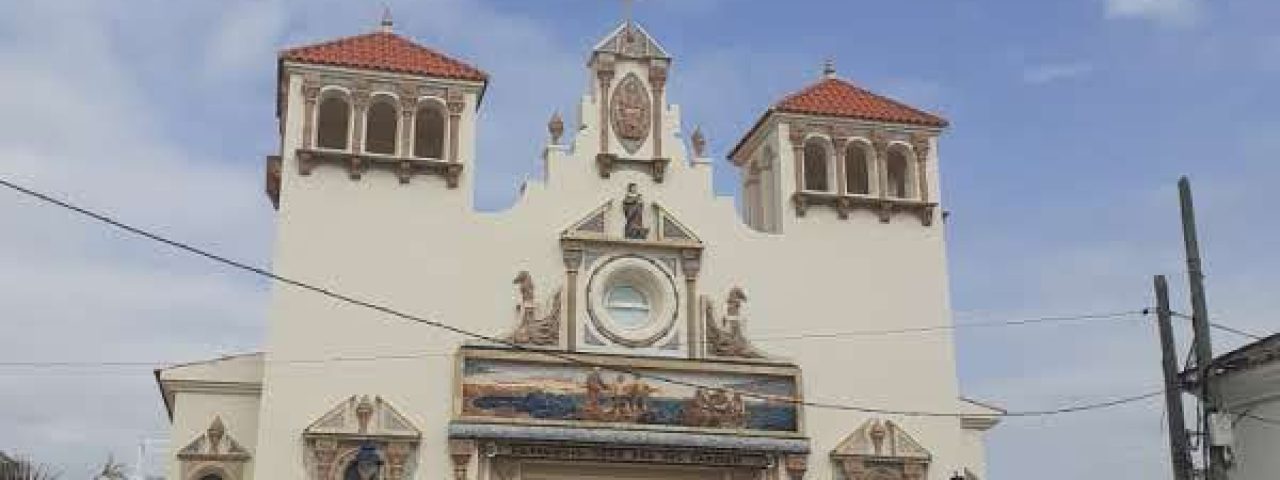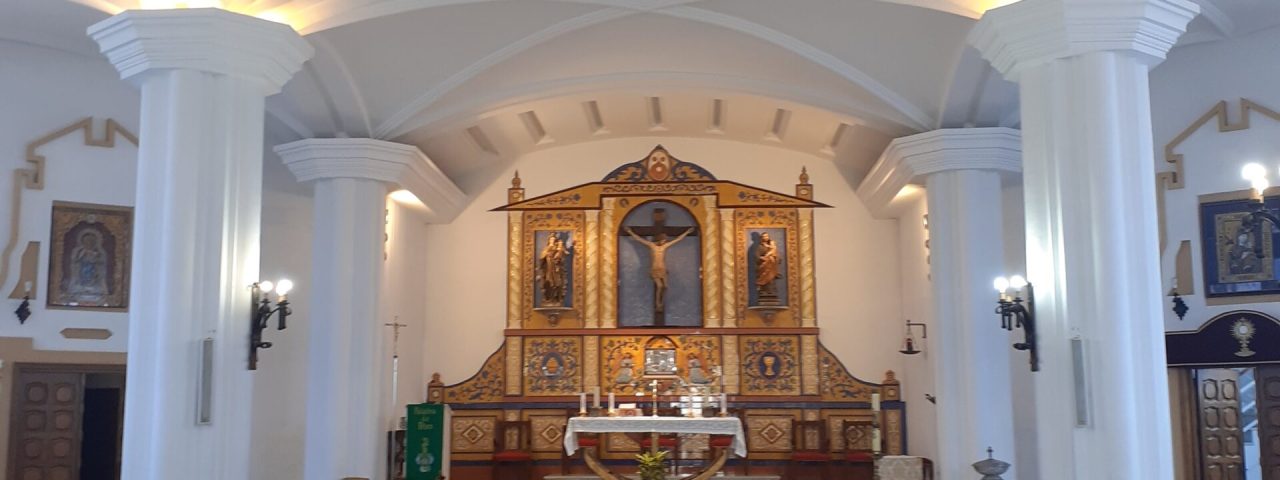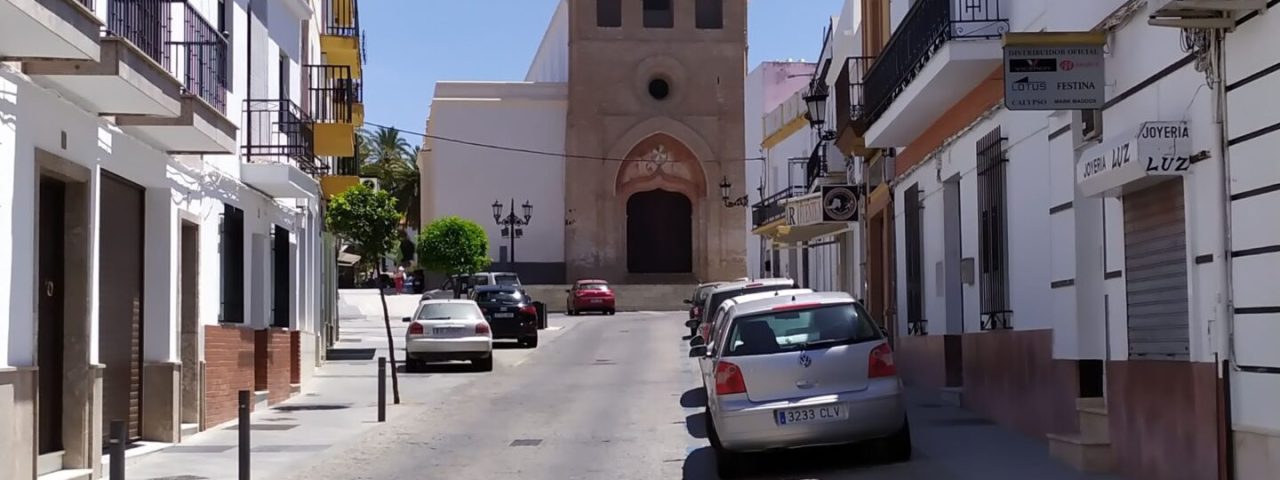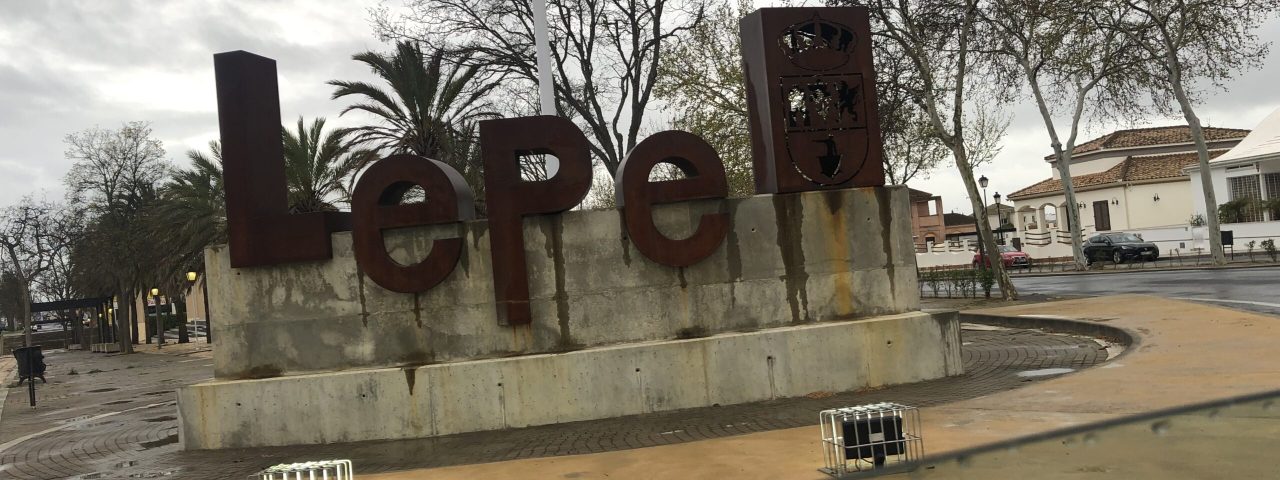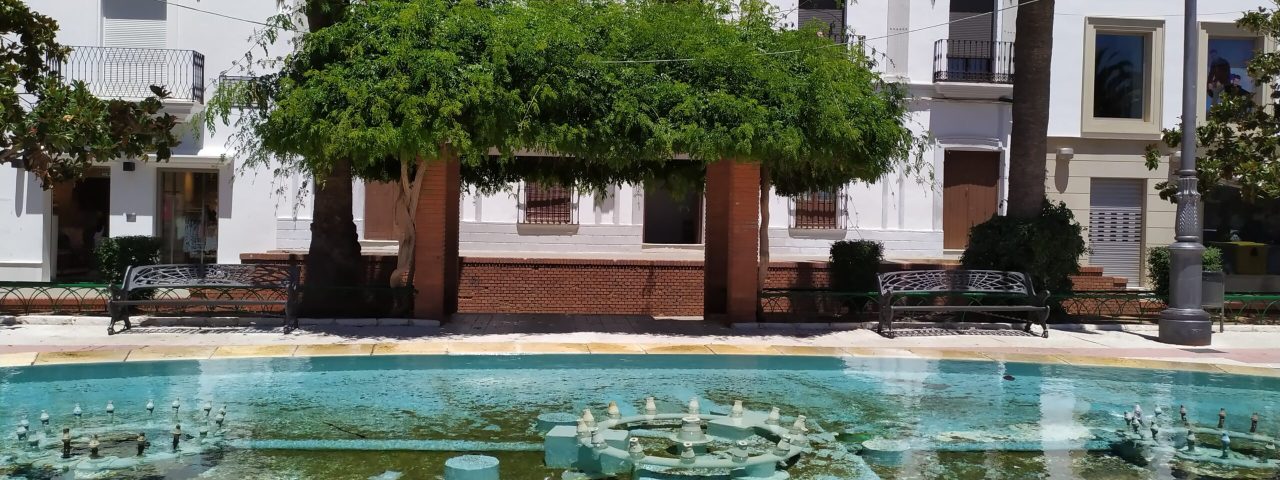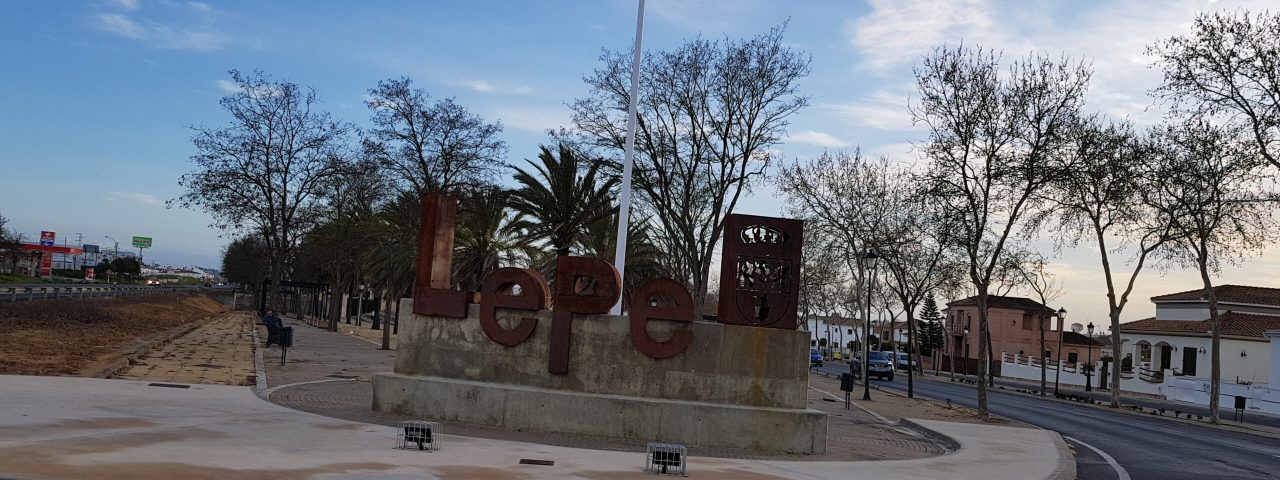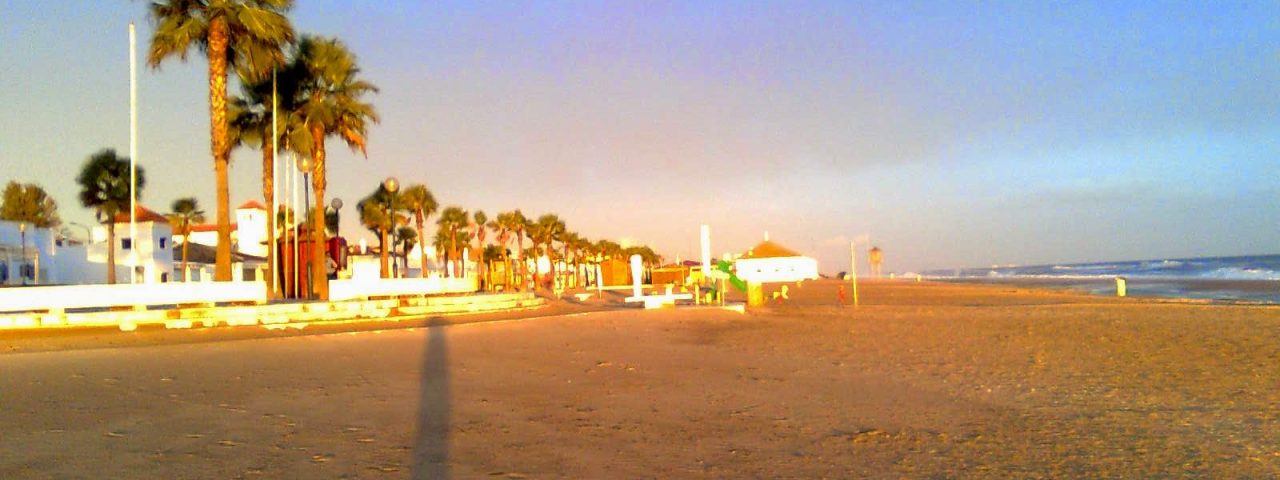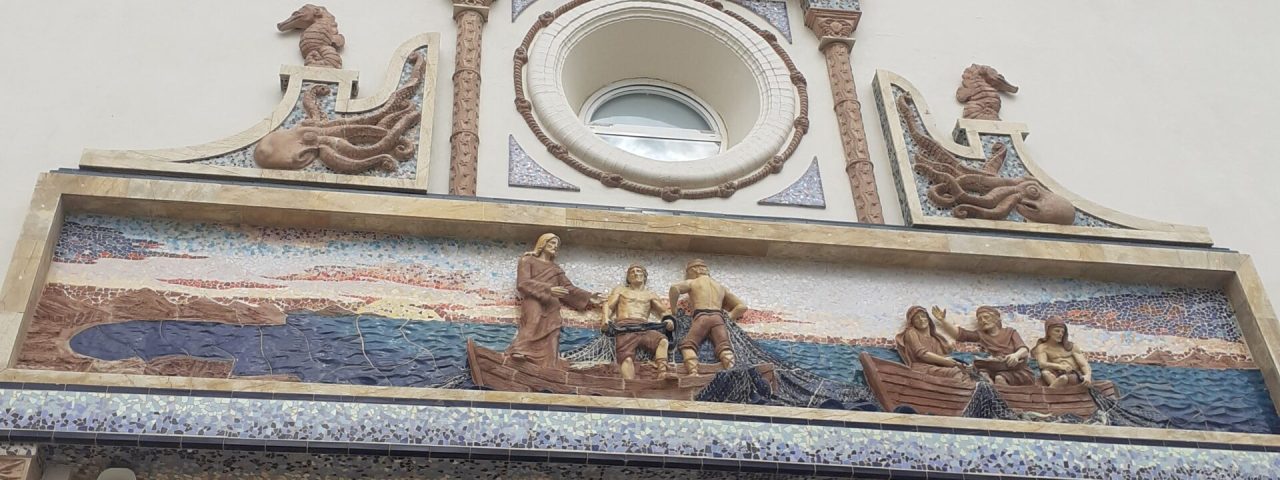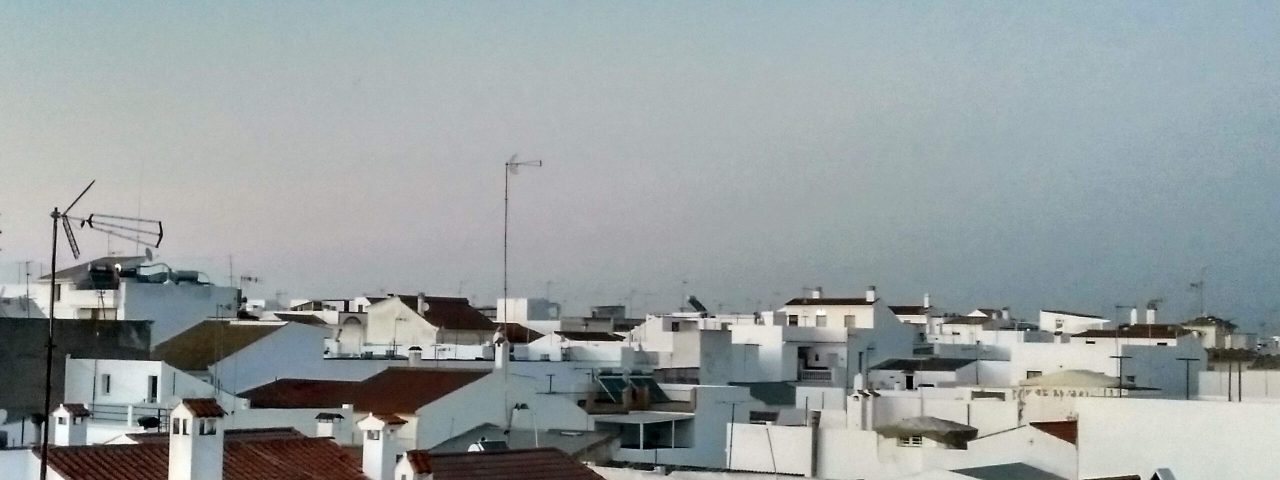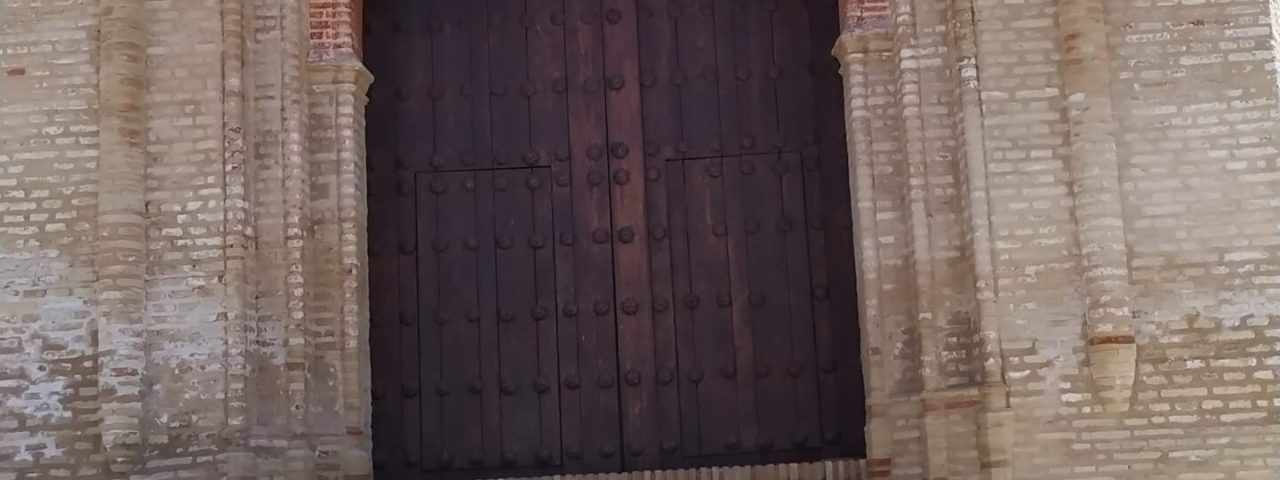Lepe has a rich and diverse history that spans centuries, with influences from Roman, Moorish, and Christian civilizations. Archaeological finds suggest that the city was inhabited during Roman times, when it served as an important trading post due to its coastal location. Later, under Moorish rule, Lepe continued to flourish, with its Islamic heritage still visible in the city’s architecture and layout. The city was eventually reconquered by the Christians during the Reconquista in the 13th century.
Culturally, Lepe is famous for its traditional festivals, particularly its Semana Santa (Holy Week) processions and the Virgen de la Bella festival in May, which is one of the most important pilgrimages in the province of Huelva. During these festivals, the city comes alive with colorful parades, traditional music, and vibrant celebrations that reflect its deep-rooted Christian and Andalusian traditions.
Lepe is also known for its flamenco culture, with several local venues offering live performances throughout the year. The city’s love for music, dance, and festive gatherings ensures that visitors can experience authentic Andalusian culture, whether during a major festival or at a local tavern.
